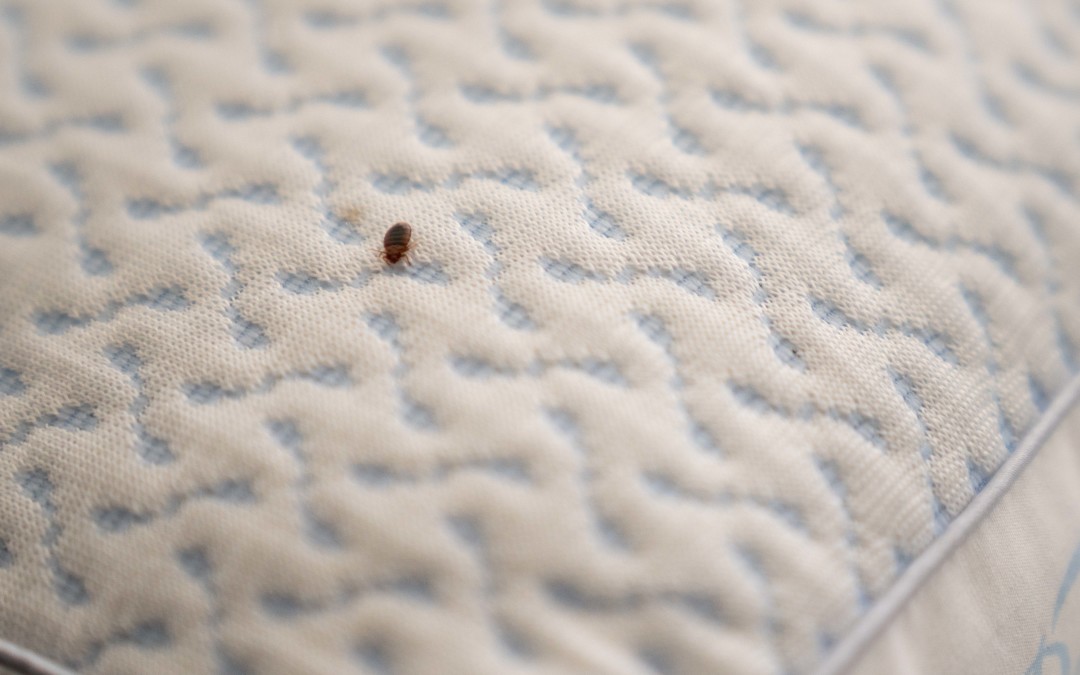Bed bugs have an affinity for nesting on textile fabrics of any kind. Their preference for nesting on fabrics allows bed bugs to spread from one place to another. Spreading to new faraway areas by means of nesting on people’s clothing is the most common and effective means by which bed bugs come to infest new areas. If bed bugs were not naturally attracted to fabrics like clothing, bedding, curtains, upholstery or carpet, they would not be able to spread to new areas, and therefore, global bed bug outbreaks would not occur. Unfortunately, due to being too small to be readily detected, and for their habit of nesting on clothing, humans are fully, but unknowingly, responsible for transporting bed bugs to new locations, such as hotel rooms, libraries, waiting rooms, airports and public transport vehicles. However, despite their tiny size, individual bed bugs can traverse surprisingly long distances on their own. For example, studies show that one single isolated bed bug infestation within a building, like an apartment or hospital, can rapidly spread to other rooms before eventually spreading to every location in the building where humans are active. These bed bug dispersals can spread from the bottom to the top floor within buildings that are several dozen stories tall, and these extensive indoor dispersal are not assisted by human activity, therefore, these are “active”, rather than “passive” dispersals. For example, one study found that a bed bug infestation within one hospital room spread to 68 rooms within a period of 50 months, clearly indicating that one group of bed bugs can proliferate and spread to establish full building infestations.
During 2006 and 2008, bed bugs rapidly spread through a 223 room high-rise apartment building. One small group of bed bugs were discovered in one apartment unit at the start of the study, but after 41 months, bed bugs had spread to 101 apartment units, which accounts for 45 percent of the building’s space. An average of six bed bugs per week were found sneaking beneath apartment entry doors and 50 percent of interviewed tenants did not know that they had a bed bug infestation. Based on this study’s findings, researchers believe that apartment-dwellers should be better educated concerning the risks of falling victim to a bed bug infestation within a multiple occupancy structure, and they should be educated on how to prevent infestations in such locations.
Does reading the above article make you worry about falling victim to a bed bug infestation within your apartment unit?

